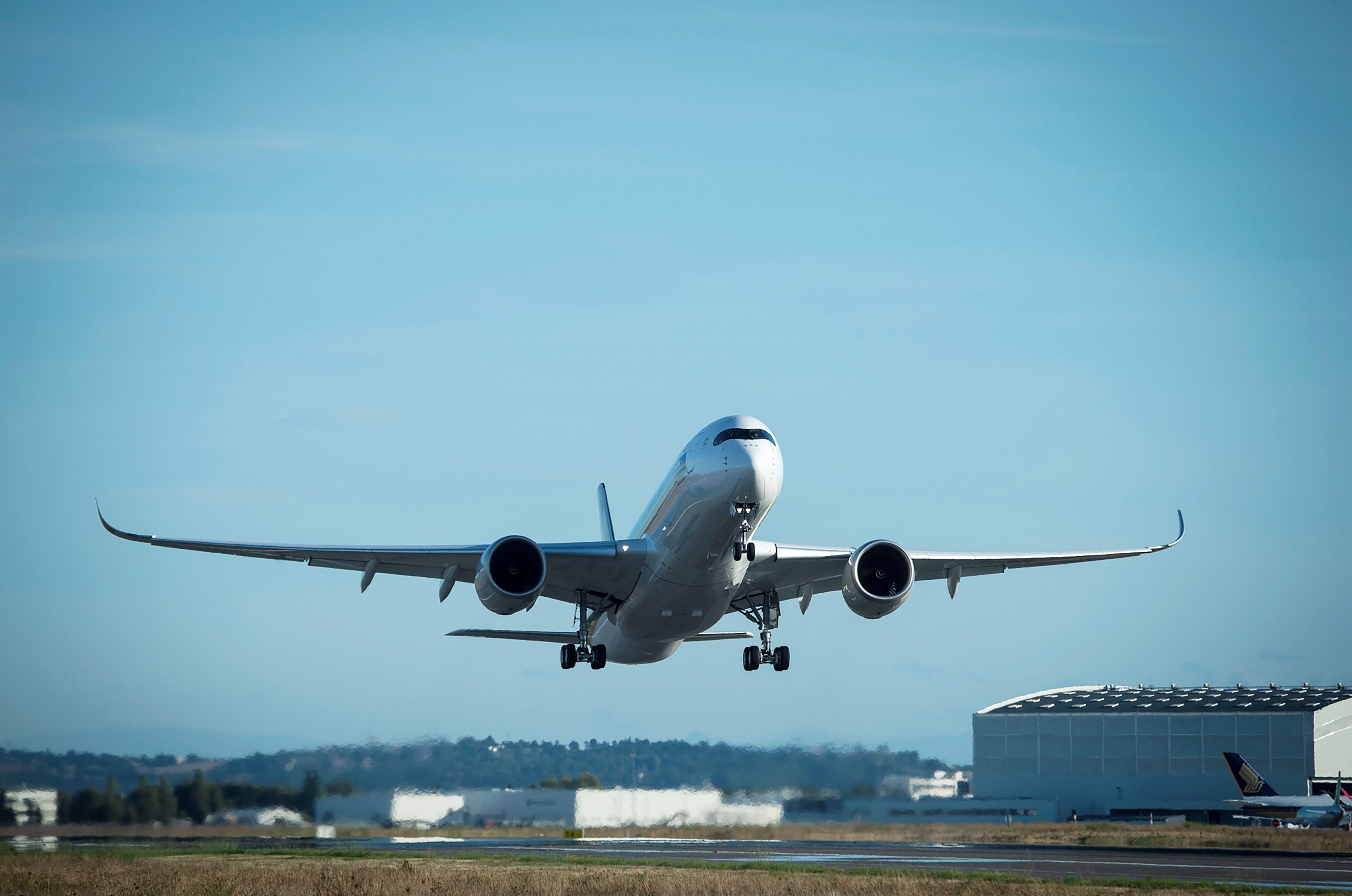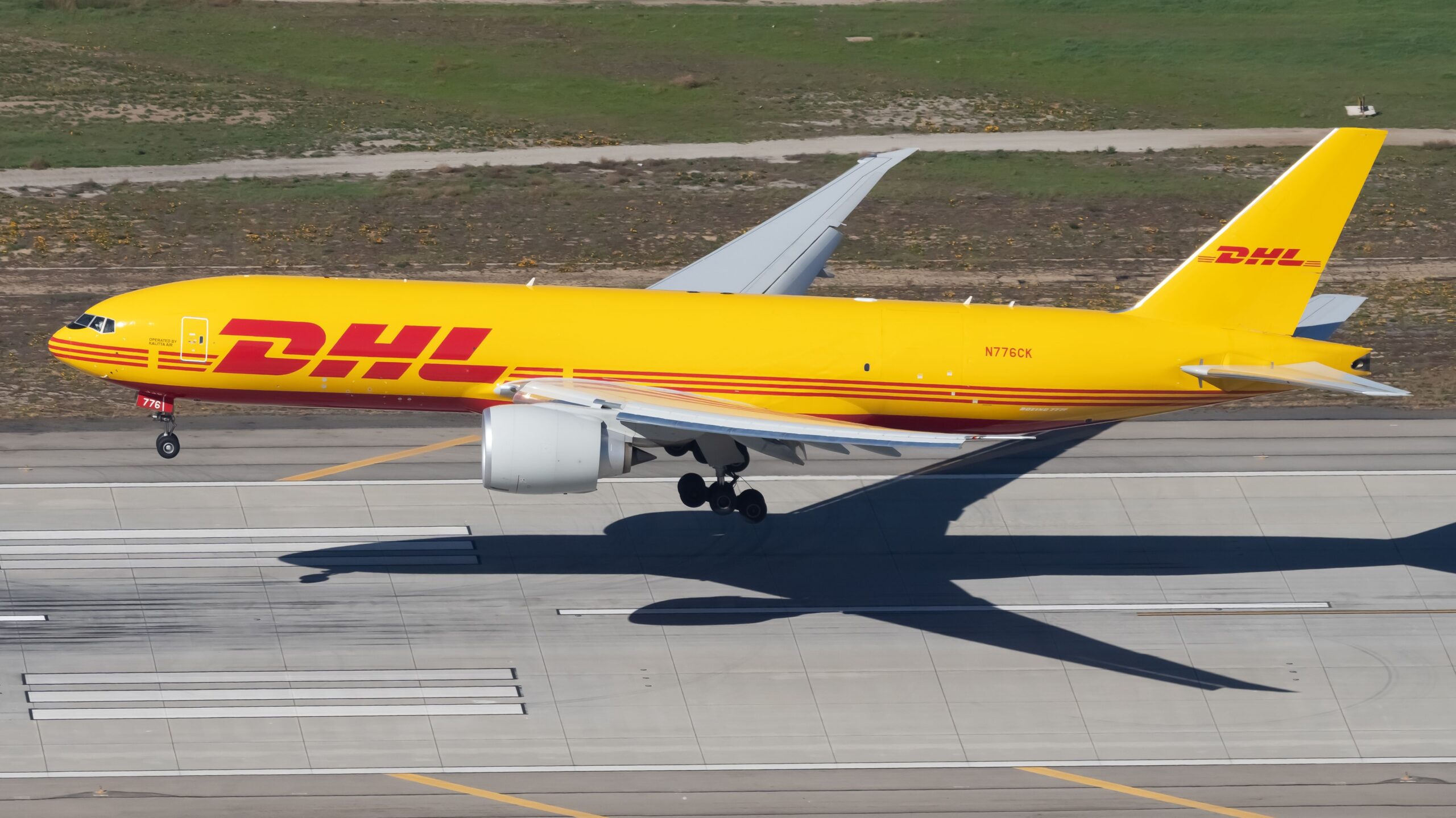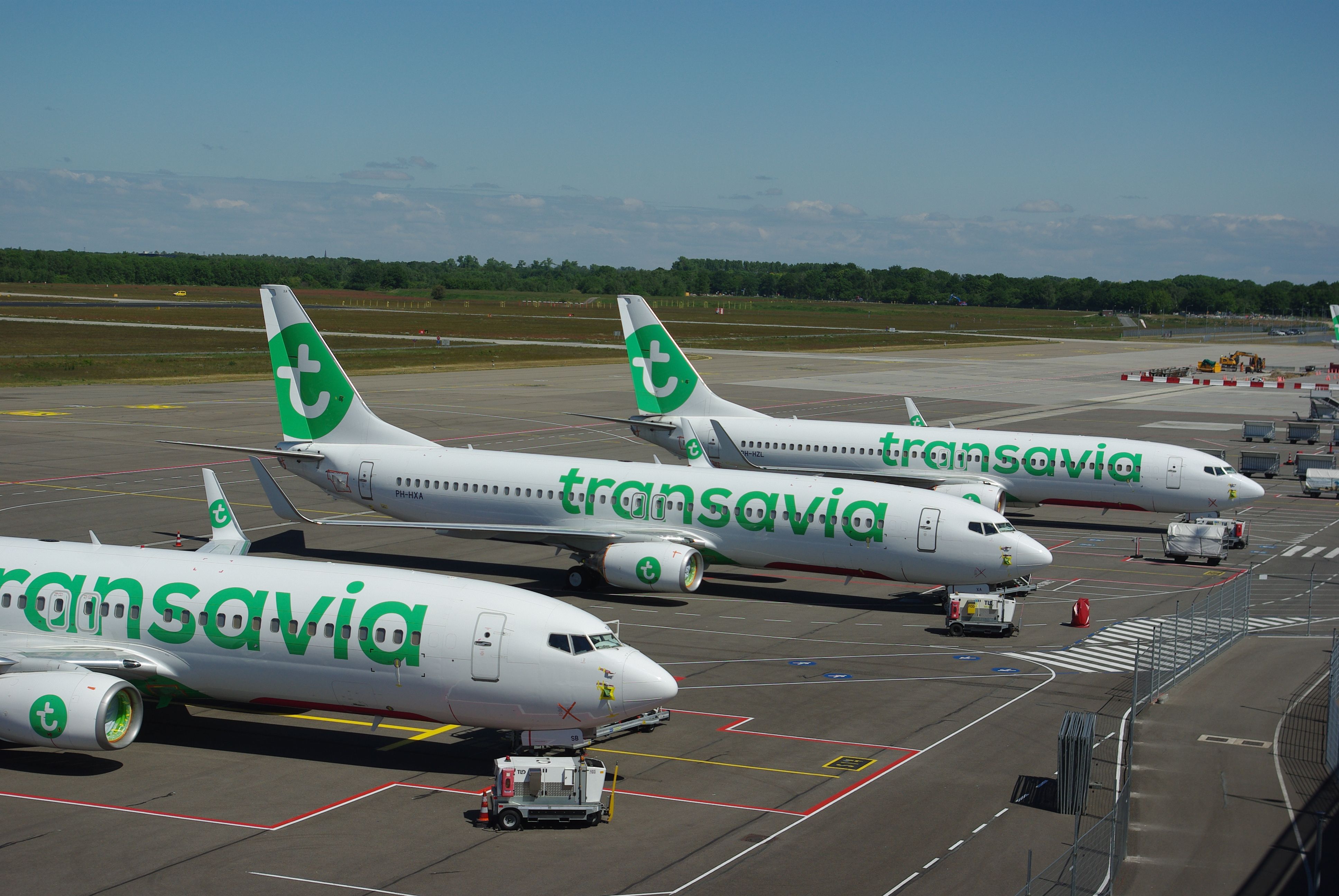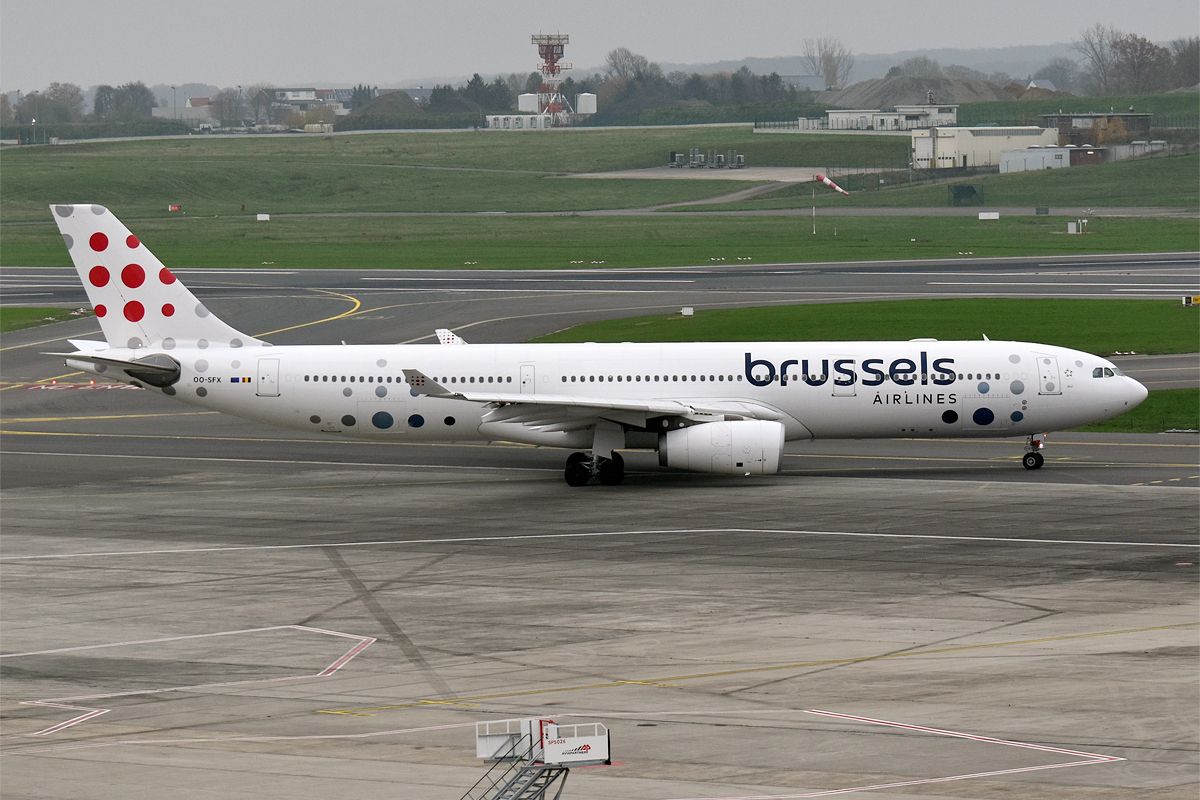Summary
- Low-cost airlines operate night flights to maximize aircraft use and keep prices low.
- Full-service airlines have arrivals in the early hours to facilitate network connections.
- Cargo airlines operate intercontinental flights during the day but short to medium-haul flights at night.
Night flights are an essential aspect of the aviation industry. Night flights are generally considered services that take off or land between 22:00 and 07:00, although the definition varies by region and country. While most flights take place during the day, many airlines also operate during the darker hours.
There are flights late at night, but contrary to popular belief, they are not all operated by cargo aircraft. There are also long-haul departures and arrivals and, in certain cases, short-haul services operated by low-cost airlines.
Let’s look at the different possible flights that operate at night, including those flown by low-cost, full-service, and cargo airlines, and the various reasons behind them. It is also worth noting the growing number of limitations in Europe and North America, where airlines find it increasingly difficult to operate at darker hours.
Low-cost airlines
For the most part, low-cost airlines tend to operate at night to maximize aircraft utilization and ensure their prices remain low. Take a look at this comedic TikTok post from Cornwall Airport on the topic:
According to Cirium data, June departures from Amsterdam Schiphol Airport are almost exclusively dominated by low-cost airlines when it comes to passenger flights at night. Transavia, Pegasus, Corendon, TUIfly Netherlands are the only operators past midnight until 6:00 local time. Transavia is by far the largest.
Photo: M.J.J. de Vaan | Shutterstock
This is primarily the case in Europe, Australia, and North America, given that night flights have fewer restrictions elsewhere. At New York’s JFK Airport, for example, JetBlue dominates in the period between midnight and 06:00 with services to Miami, San Diego, San Juan, and Santo Domingo, to name a few. Avianca also operates a large number of flights from JFK in the early morning, as well as Asian airlines like Cathay Pacific, China Airlines, China Southern, and EVA Air, for example.
Finally, at Toronto’s Pearson Airport (YYZ), there are very few departures from midnight onwards due to fairly strict regulations. Air Transat, Westjet, Air Canada, and Porter Airlines offer the most flights in the late evening, maximizing aircraft utilization.
Full-service airlines
Full-service airlines operate several night flights, particularly those operating between Europe and North America in the westbound sector. Full-service arrivals in the early morning hours take place primarily in North America, facilitating connections elsewhere in the continent.
Similar patterns can be found elsewhere; Brussels Airlines, for instance, has a heavy bank of arrivals from Africa flying into its Brussels Zaventem Airport hub in the early morning hours, starting at about 05:00.
Connections are extremely important for premium airlines operating under the hub-and-spoke model. In other words, flights need to be timed perfectly to provide convenient connections to other destinations on the carrier’s network. Airlines in the Middle East don’t have much of an issue doing this as the airports operate throughout the night: for instance, at its Dubai International Airport (DXB) hub, Emirates has an arrivals bank between 23:00 and 01:00, with a departures bank from 02:00 to 04:00.

Related
Non-Stop vs Connecting Flights: Which Itinerary Type Is Best For Long-Distance Journeys?
There are various pros and cons on each side.
This is not possible for other airports in Europe and North America, where night noise restrictions are higher. As a result, airlines in those regions tend to have arrival and departure waves later in the day. For example, British Airways long-haul flights at London’s Heathrow Airport arrive first thing in the morning from about 05:30 onwards, in advance of a European departure bank from 07:00.
Cargo flights
One of the most important players in the industry at night is cargo airlines. Speaking to Simple Flying, Brussels-based Public Affairs Director at DHL Aviation, Lorenzo Van de Pol, noted one key reason cargo airlines operate at night: speed.
“A cargo airline might fly from Miami to Brussels but the final destination is Marseille in the South of France. If it’s not super urgent you might just truck it for the last 1000 kilometers.”
“However, our customers pay a premium to get it delivered as soon as possible which means that we don’t have the luxury to actually truck it; we need to fly. We fly at night because we need our goods to arrive at the airport at the station [the base/hub] before 6:00 so it can be delivered to the final destination before noon.”
However, it is also a misconception that cargo airlines fly exclusively at night. In fact, cargo airlines tend to fly their intercontinental operations during the day, meaning most night flights are just short to medium-haul services. Speaking on the European front, Van de Pol says:
“In Europe we see that intercontinental flights fly mostly during the day and not necessarily at night. They also arrive in the evening or in the morning which means that if they arrive in the evening and they need to connect to European final destinations. Obviously, this connecting flight is going to be in the night so our night network in Europe is mostly our European network.”
Restrictions
Growing restrictions across Europe, North America, and Australia are cornering airlines away from operating services at night. Van de Pol says:
“What we’re seeing today is not in the sense that we cannot fly out of the blue anymore out of a certain airport but rather we see that more and more airports are pushing us to delay our flights until after six or after seven [in the morning] or asking whether we can fly out before 11 [in the evening]. But with her business model, that’s obviously very difficult.”
This phenomenon is particularly relevant in Brussels, where a new environmental permit was recently issued that foresees the gradual introduction of even more limits on night flights. The Netherlands is also moving towards additional limits at Amsterdam’s Schiphol Airport. Elsewhere in Europe, Van de Pol notes tightening regulation in Cologne, Toulouse, Bordeaux, and Paris Charles de Gaulle.
Photo: BoeingMan777 | Shutterstock
But why do some cargo airlines, including DHL, operate at busier, urban airports rather than rural ones, unaffected by noise restrictions? In addition to their own full-freighter aircraft, cargo airlines also take advantage of passenger planes’ belly capacity. For instance, a Delta Air Lines aircraft flying from Atlanta to Brussels also has spare space for cargo, bookable by an operator like DHL for use in transporting packages.
“That’s also the reason why we are at Brussels Airport and not for instance at Liège [the biggest cargo hub in Belgium] because we really want that interaction with our passenger [airline] colleagues to see how we can get the most efficient network. That means that we use lots of this belly cargo with the passenger airlines flying to Africa for instance and also to North America more increasingly.”



